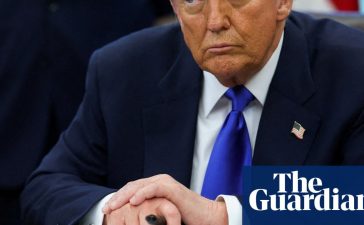
Barclays (LON:) has indicated that the Reserve Bank of India (RBI) seems to be allowing the exchange rate to find a new trading range, influenced by various economic factors.
The bank projects that the USD/INR rate could potentially reach approximately 84.40 in a gradual manner, although it also anticipates increased risks of retracement with every 0.5 unit change in the rate.
According to Barclays, the RBI’s stance comes amid rising prices, record-high prices, a strengthening US dollar, and escalating risk aversion in the region. These factors have contributed to foreign portfolio investors becoming net sellers of Indian stocks in October. Despite a recent pullback in crude oil prices, Barclays expects other balance of payments challenges to persist in the near term, which could lead the RBI to tolerate a new range for the USD/INR.
Barclays also foresees a continuation of foreign investors reducing their overweights in Indian equities towards the year’s end. This trend may be driven by a slowdown in growth, an uncertain domestic inflation outlook, and a reassessment of emerging market positions ahead of the US elections in November.
However, the report notes that this is unlikely to cause a significant downturn in Indian equity indices due to strong domestic buying and the financialization of household wealth in India.
The financial institution suspects that the RBI’s recent allowance for the USDINR to surpass 84 could be due to the sharp gains in the Indian rupee’s nominal effective exchange rate (NEER) since the end of September.
Barclays’ analysis points to significant shifts in the INR NEER since 2000, with the most recent change occurring in 2020, which aligns with the RBI’s adjustments to its NEER calculations.
Barclays also mentioned that the International Monetary Fund (IMF) reclassified India’s exchange rate regime from “floating” to “stabilized arrangement” from December 2022 to October 2023, based on the RBI’s management of the exchange rate. The RBI, however, has contested this reclassification, maintaining that its interventions were to address market disorder.
This article was generated with the support of AI and reviewed by an editor. For more information see our T&C.





